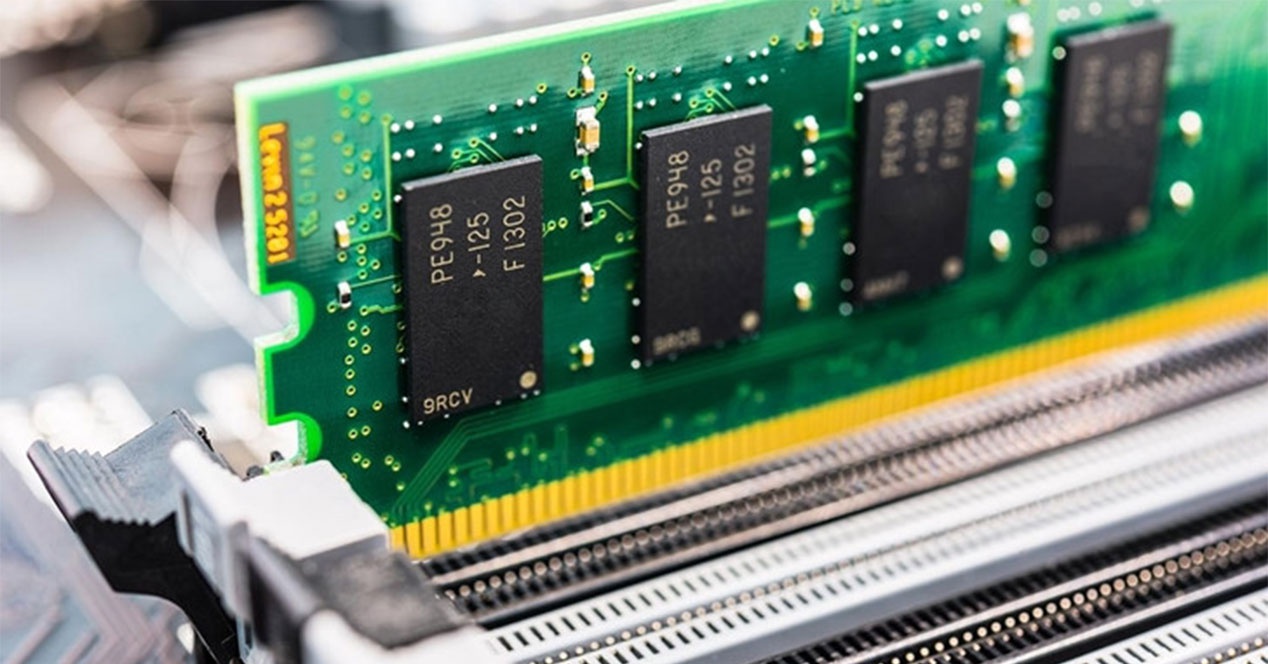
The JEDEC Solid State Technology Association has announced that development of the DDR5 standard is “moving forward rapidly.” The standards body said DDR5 memory will provide double the bandwidth and density versus current generation DDR4. This, in turn, will result in improved performance with greater power efficiency.
The standard will also feature a more user-friendly interface for server and client platforms, we’re told.
Mian Quddus, Chairman of the JEDEC board of directors, said in a press release that increased server performance requirements are driving the need for advanced technologies and the standardization of next generation memory such as DDR5 will be essential to fulfilling those needs.
As The Tech Report recalls, JEDEC first started talking about DDR3 in May 2005 ahead of the first products hitting the scene in 2007. Similarly, JEDEC published the final specifications for DDR4 in September 2012 with support finding its way into consumer products in the second half of 2014.
JEDEC is also developing NVDIMM-P (Non-Volatile Dual Inline Memory Module, Persistent), a new high-capacity memory module that retains content after power is cut (kind of like Intel's Optane memory).
More information on the DDR5 and NVDIMM-P standards will be shared at JEDEC’s Server Forum event in Santa Clara on June 19. The standards body said it aims to publish the design for DDR5 sometime in 2018.
https://www.techspot.com/news/68758-jedec-ddr5-standard-double-bandwidth-density.html